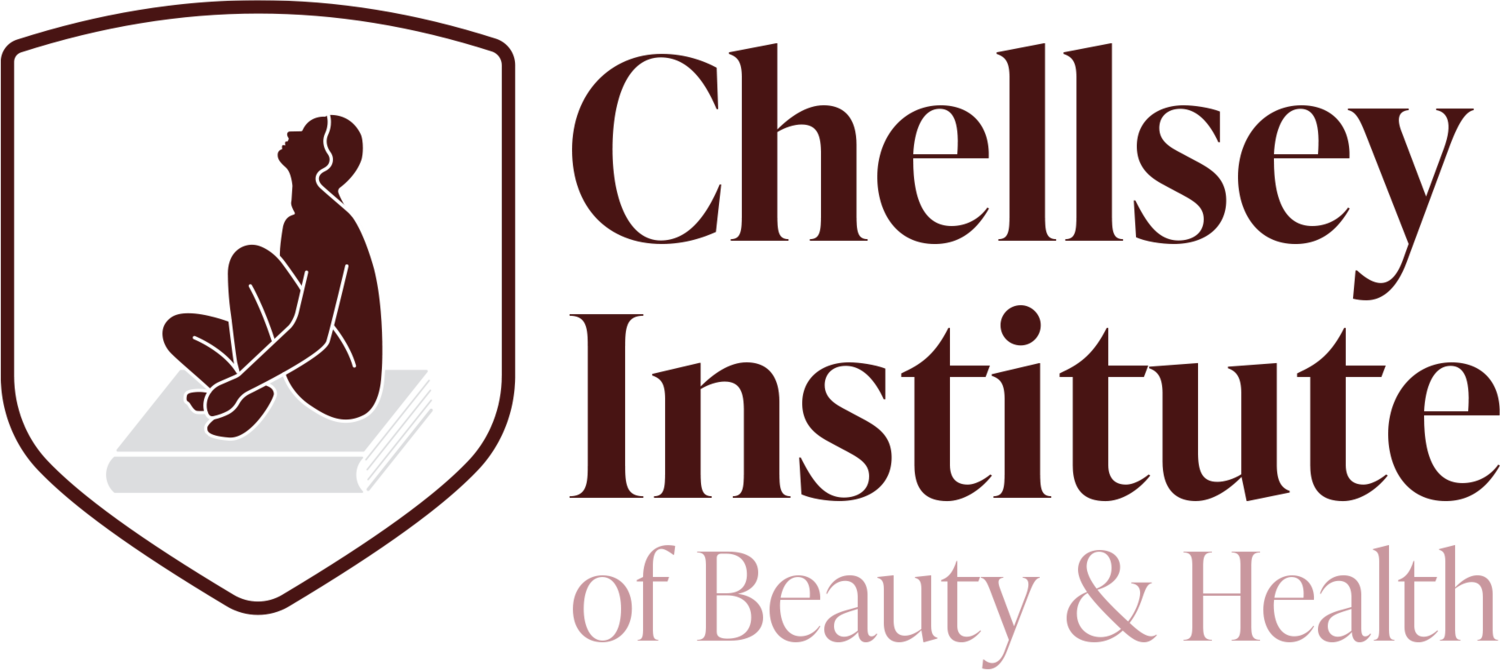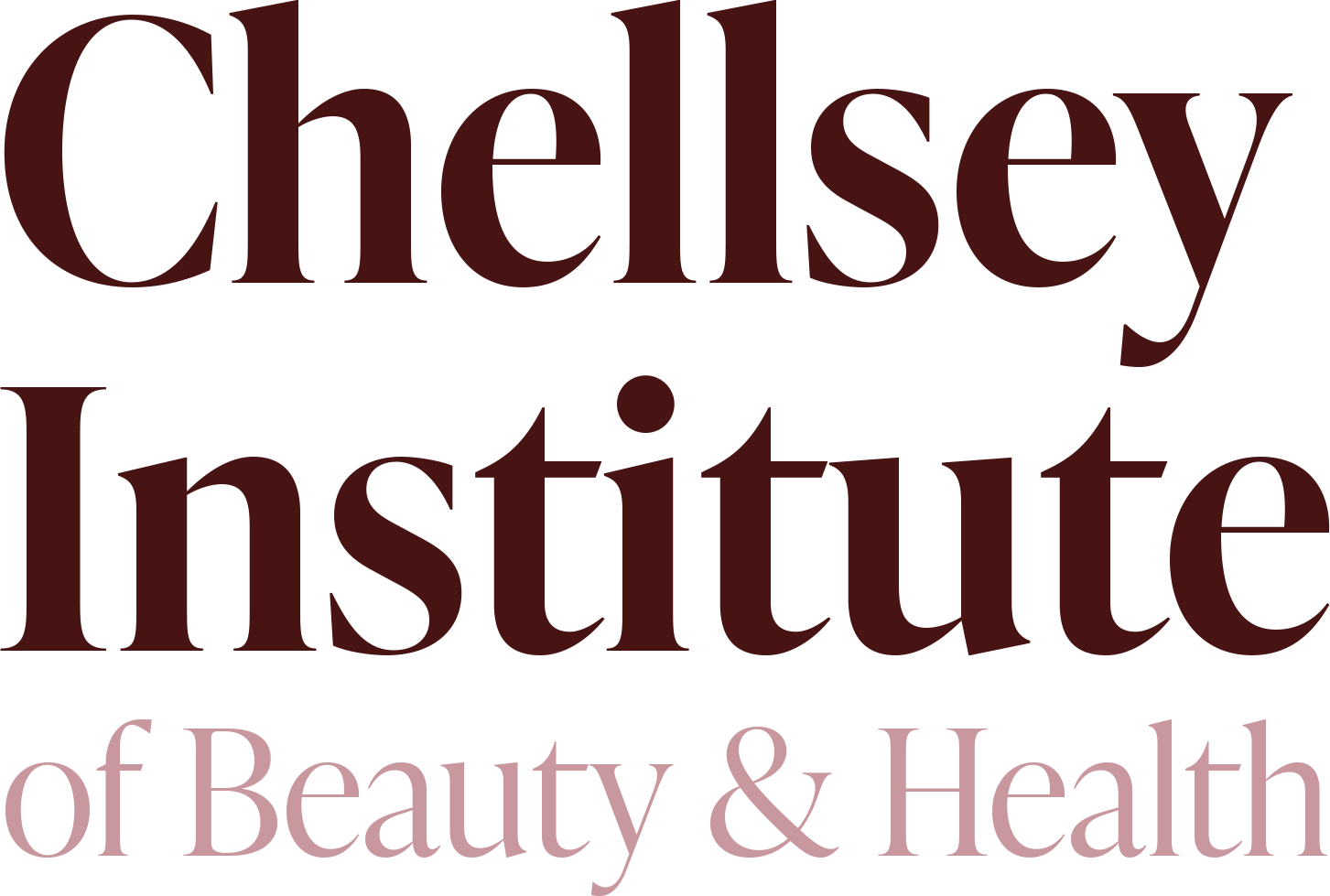How to Become a Medical Aesthetician in Canada
The field of medical aesthetics in Canada continues to grow as more clients seek advanced skincare solutions, laser treatments, and clinical-grade procedures. For those who want to enter this industry without performing injectable treatments, becoming a medical aesthetician is an excellent career path with rewarding opportunities. Here is what future professionals should know.
1. Understand the Role
Medical aestheticians work in clinical or medi-spa environments, performing non-injectable treatments such as:
● Advanced facials and chemical peels
● Microdermabrasion and microneedling
● Laser hair removal and laser skin rejuvenation
● Body contouring and energy-based device treatments
● Professional skincare analysis and customized treatment plans
They often collaborate with dermatologists, nurses, and medical directors to support client care and deliver effective results.
2. Complete a Recognized Training Program
In Canada, the profession is not federally regulated, but employers strongly prefer graduates from reputable aesthetics schools. To become a medical aesthetician, students typically complete:
● Aesthetics Diploma (skin care, facials, product chemistry, anatomy)
● Medical Aesthetics Diploma (laser technologies, clinical treatments, advanced modalities)
Programs may range from a few months to one year depending on curriculum depth and hands-on practice.
3. Get Hands-On Clinical Experience
Quality training programs include supervised practice with real models, allowing students to build confidence in:
● Laser operation and safety
● Client consultations and contraindications
● Treatment planning for various skin types
● Working with medical-grade clinical equipment
This practical experience is one of the strongest advantages when entering the job market.
4. Earn Additional Certifications
To stay competitive, many medical aestheticians specialize in:
● Laser hair removal
● Chemical peels
● Microneedling
● Advanced skincare therapies
● Medical spa device technologies
Stacking certifications helps expand your treatment menu and increase employability.
5. Build a Professional Portfolio
Before applying for positions, new aestheticians should prepare:
● Before-and-after photos
● Treatment notes or case studies
● A resume highlighting training hours, modalities used, and certifications
A strong portfolio showcases your capabilities and professionalism.
6. Start Your Career in a Med Spa or Clinic
Graduates can work in dermatology clinics, medi-spas, laser centers, plastic surgery offices, or advanced skincare clinics. Many later become independent practitioners or open their own studios.
Interested in becoming a Medical Aesthetician?
We offer a comprehensive Medical Aesthetician Diploma Program designed to prepare you for a successful career in the industry.
Learn more here: https://www.chellseyinstitute.ca/programs/diplomas/medical-aesthetician-diploma

